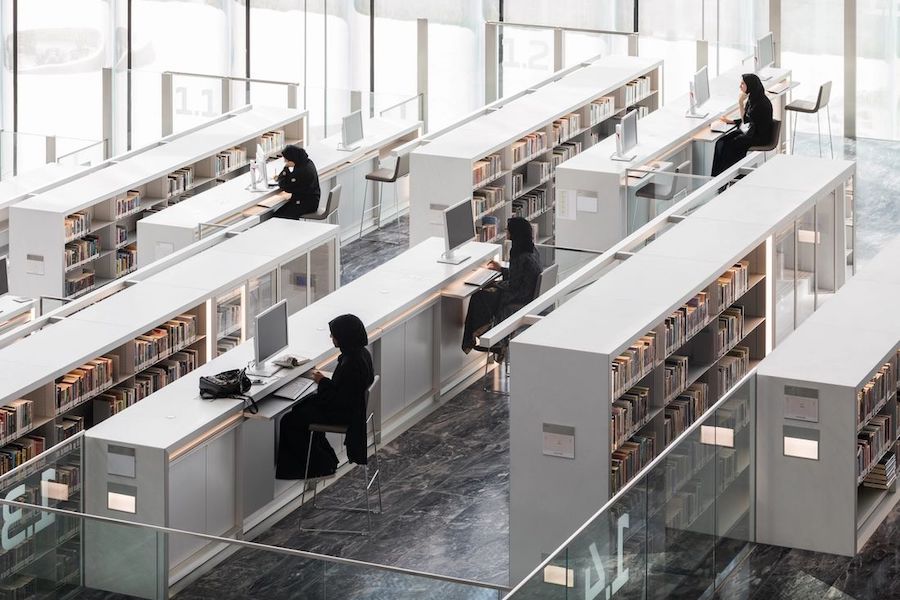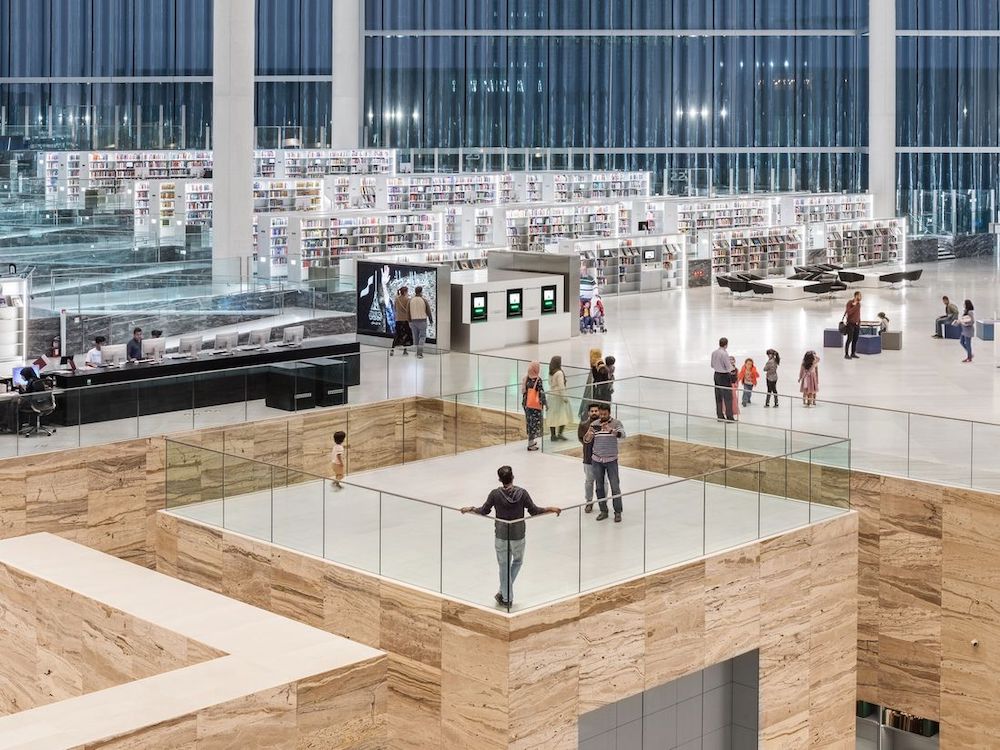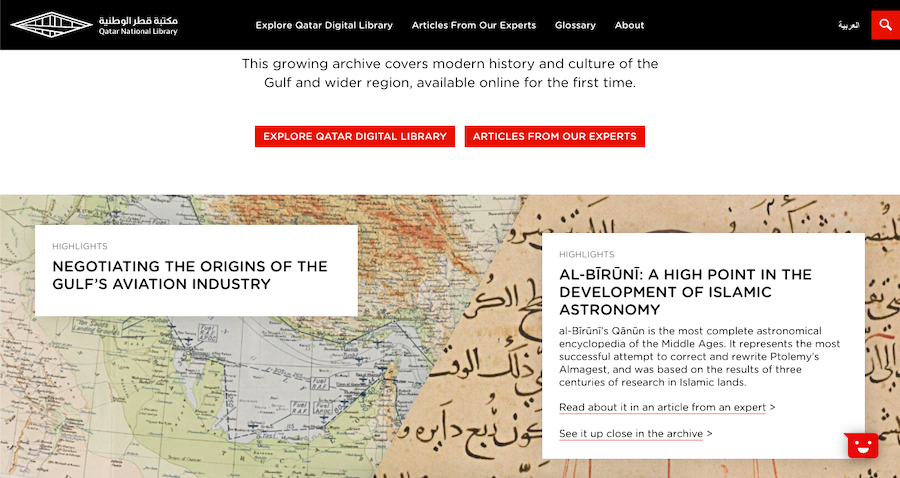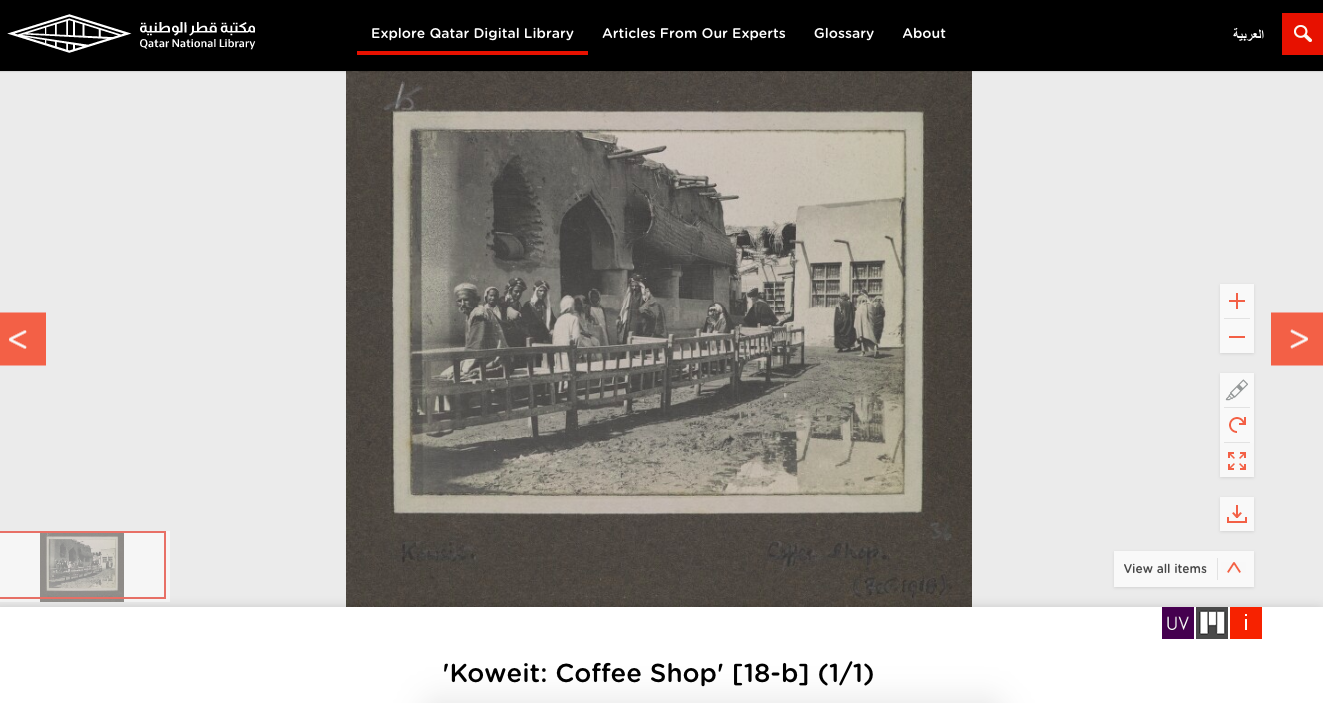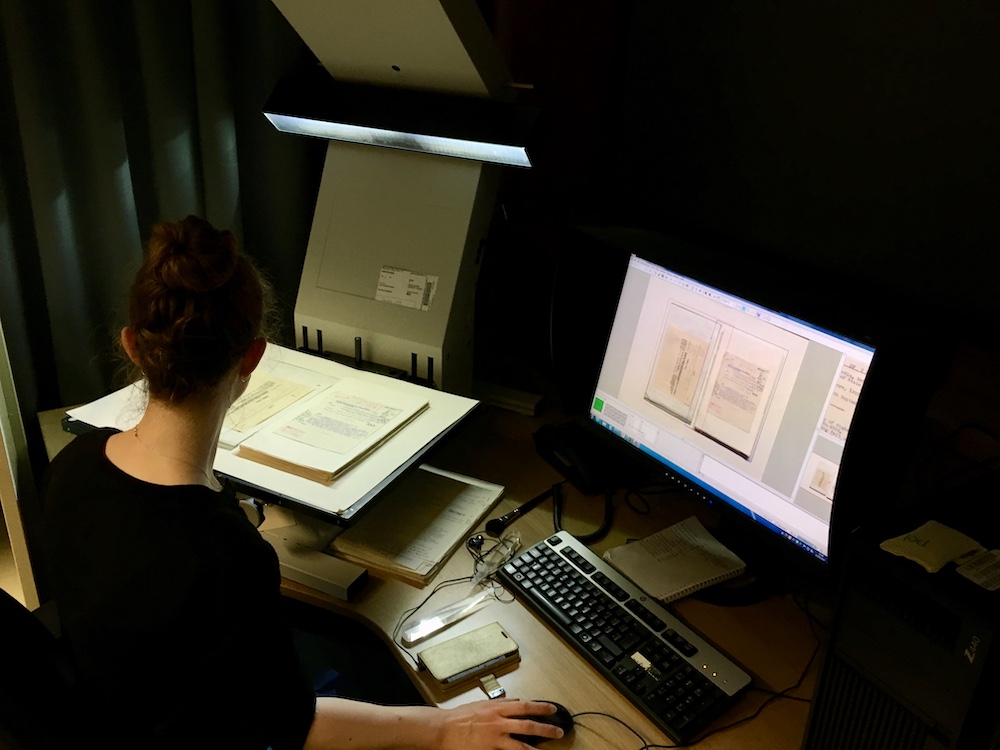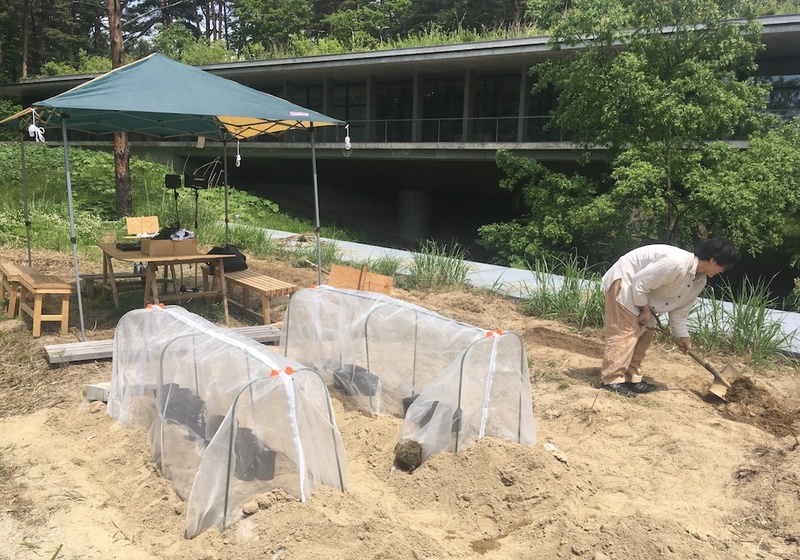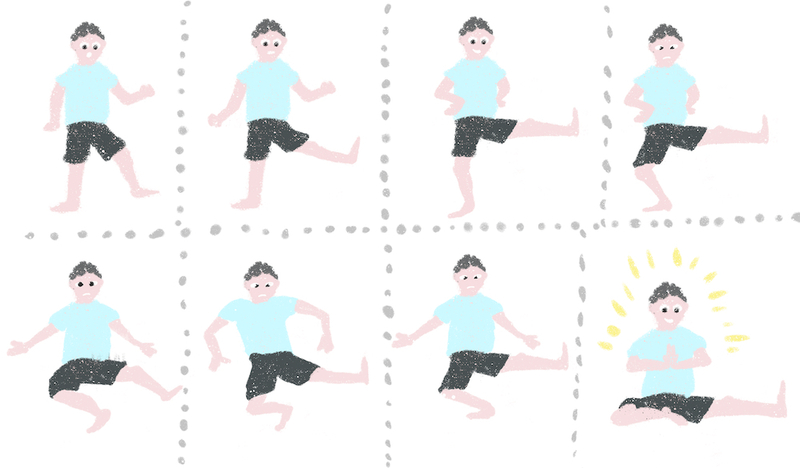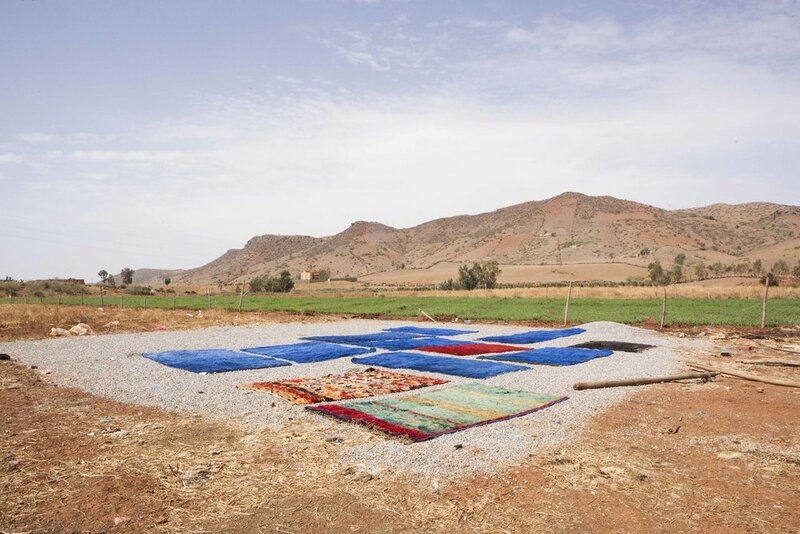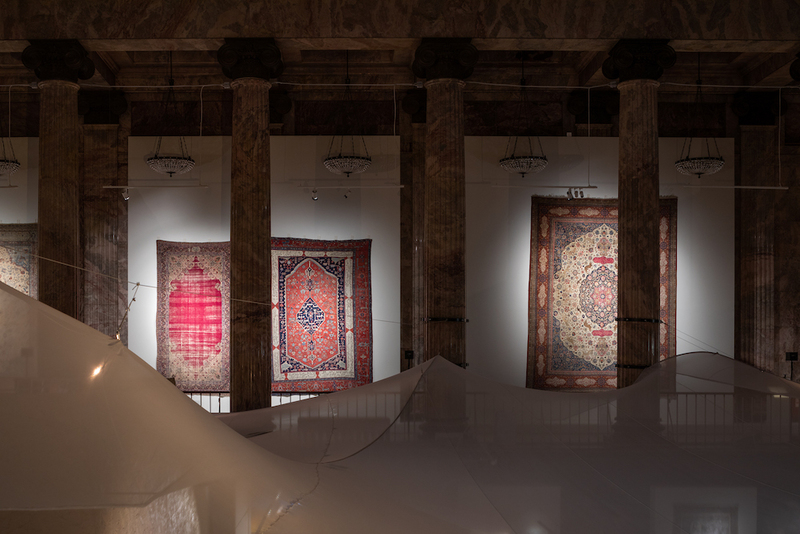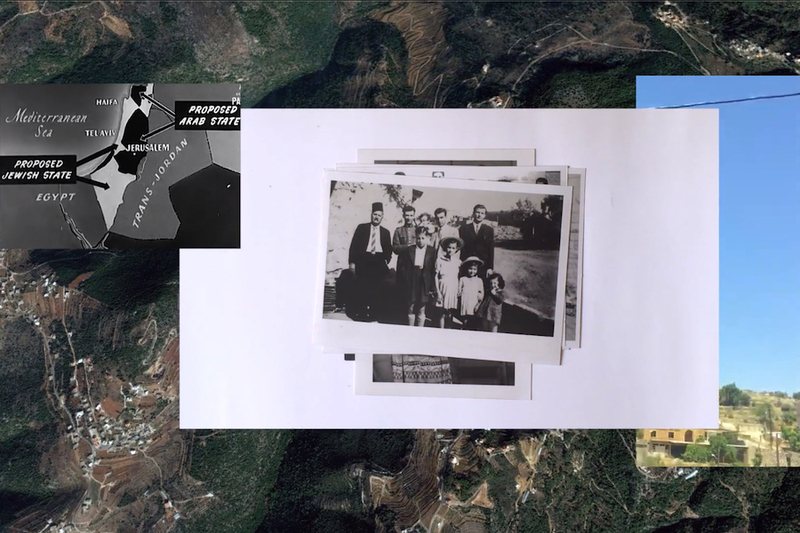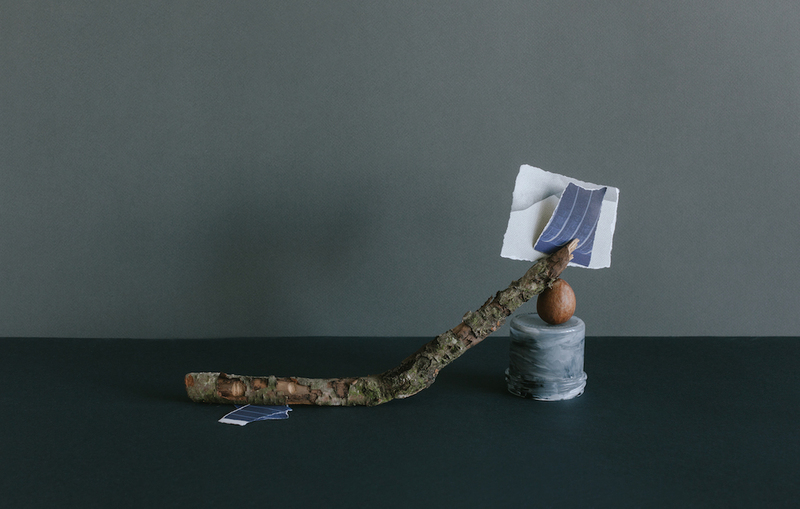oma.com
Qatar Digital Library (QDL) is a project of unprecedented scale that has been providing free and open access to a vast array of archival material on the region of West Asia and North Africa and beyond. As part of our new issue, which explores the various meanings of access and accessibility, EastEast is cooperating with a number of institutions and platforms to learn about their experiences, contexts, and aspirations. To launch this program, we asked Dr. James Onley, Director of Historical Research and Partnerships at Qatar National Library, to tell us about the QDL and its groundbreaking role in providing us with access to the past.
The history of libraries in Qatar goes back to the mid-1950s when the first public libraries were established: the Public Knowledge Library and the Doha Public Library. These were the first public libraries in what are now the Gulf Cooperation Council (GCC) states. In 1962, these libraries merged to form Dar Al-Kutub, which means “the house of books” in Arabic. Dar Al-Kutub was basically an enlarged Doha Public Library but, in the absence of a national library, it played that role. At some point, an English translation of the Dar Al-Kutub sign on the side of the library was added. It read “Qatar National Library,” even though there hadn’t been an Emiri decree giving the library that status. Dar Al-Kutub’s small size and legal status was an unsatisfactory state of affairs, so Her Highness Sheikha Moza bint Nasser, the Chairperson of the Qatar Foundation, argued that Qatar needed to establish a large-size national library on a proper footing and began the work of doing that. In 2012, she established the Qatar National Library in Education City, where the Qatar Foundation is based (on the western outskirts of Doha). In 2018, the Emir of Qatar issued a decree formally recognizing Qatar National Library as the national library. As a result, Dar Al Kutub is now being converted into a library museum, and most of its functions and collections are being transferred to the new Qatar National Library. I joined the Library as its Director of Historical Research and Partnerships in 2017, with responsibility for the Qatar Digital Library.
In time, we will have material from archives around the world on the QDL, all accessible for free by everybody, everywhere
The Qatar Digital Library was also established by Sheikha Moza. It was established as a partnership between the Qatar Foundation and the British Library. The Qatar National Library has a multidisciplinary team of experts (including me) who run the QDL. My role as a member of that team is to select content for the QDL, both from the British Library’s collections and from other archives around the world. Since 2017, we have been looking beyond the British Library to new partners around the globe to provide new material in different languages. This material provides different perspectives on the history and heritage of Qatar and the wider Gulf region––encompassing the Arabian Peninsula, Iran and Iraq. We have been looking to India, Turkey, Portugal, France, as well different archives in the UK and, most recently, to Russia. We have signed memorandums of understanding with the Kunstkamera, the oldest museum in Russia, and the St. Petersburg Museum of Islamic culture, the newest museum in Russia. The Kunstkamera has one of the largest photographic collections on the Middle East and Islamic world, including a small but important collection on the Gulf, mainly Iran.
All of our digitization projects with partners around the world are roughly the same. Firstly, you need to digitize the material, and then you need to prepare the catalogue information that goes along with each digitized item, whatever that is: a document page, a picture, a sound recording, or a film. In the digital world, this catalogue information is known as “metadata”. When you look at a photo online, all the text that accompanies it is metadata: it tells you where the photo was taken, who took it, what institution has this photograph, and what its record number is (so that you can request to see the original if you were to visit the institution that holds it). Creating metadata accounts for about 90% of the work in an archival digitization project. It requires a team of catalogers and subject matter experts, usually historians, to research and write it.
In time, we will have material from many more archives around the world on the QDL, all accessible for free by everybody, everywhere. All you need is a laptop with an internet connection.
So if, for example, you wanted to visit a physical archive, it would take you a lot of money and time to fly there. A week-long trip to the British Library, for instance, would cost a researcher from outside Europe thousands of dollars in transportation and accommodation expenses––something that prevents most people from visiting the BL. Once at the archive, you would have to search the archive’s catalogues to find the item or items you’re looking for. This can also take a long time. Compare this with the QDL. You can access the archival material from the comfort of your own home. You can also search the material directly, as you would Google, and find what you’re looking for in seconds. Once you find what you’re looking for, you have the option of downloading the entire item as a PDF or just the pages you want. No photocopying required, no fees. If the text of the material you have found is typewritten, then the scanned material will be OCR’ed. OCR stands for Optical Character Recognition, meaning that the scanned material is text-searchable, just like a Word document. This feature makes the QDL really useful because you obviously can’t search the physical material like that. You would have to skim through every page of the document. If it were a book, you’d have a table of contents and index to help you, but even that will take time. And if that key word or concept you are looking for is not in the index or table of contents, it would take you a lot longer to find what you’re looking for. But, with the QDL, you can find what you're looking for within seconds. You will be taken to the very sentence on the very page you are looking for, instantly. So, both in terms of accessibility and searchability, the QDL is a game changer for researchers working on the Gulf region.
Digital archives are transforming the way scholars do research. The QDL is the largest digital archive on the Middle East. The fact that its content is mainly on the Gulf and Arabian Peninsula is helping to attract more researchers to study this region because other parts of the Middle East don’t have anything close to what the QDL offers. Scholars who work on neighbouring regions, like the Levant or North Africa, are now working on the Gulf because of the availability of material on the QDL. This, in turn, has helped foster a boom in scholarship on Qatar and the Gulf region. We have seen a 700% increase in publications citing the British Library material on the QDL since 2014, the year the QDL was launched. It's an exciting time for Gulf and Arabian Peninsula Studies and wonderful to see the positive impact the QDL is having.
Right: James Onley at the British Library
That is not to say that the information isn’t valuable, it’s just that you need to read it with that in mind, that it requires what we call “close textual reading”––reading between the lines. And historians who are familiar with these records know how to do that. So we are providing access to this material, but it requires training to use properly. And that is the responsibility of universities, which train historians, anthropologists, sociologists, archaeologists, architectural historians––anybody who plans to use such historical material. These scholars will have received training as part of their graduate program, where they learned how to become researchers. I’m happy to say that university professors who teach courses on research methodology and archival research are using the QDL in the classroom—professors in Europe, in North America, the Middle East, and Asia. The colonial background of these records makes it all the more imperative that we provide a broad spectrum of material and different accounts: not just British, but also Ottoman, Russian, French, Portuguese, German, and Dutch, as well as local accounts from local archives in the Gulf.
We are trying to get as much material on the QDL from as many different archives and perspectives as we can
When you investigate an event and you have only one historical source for that event, you’ll have only the perspective of the person who recorded that event (in a letter or report), and that perspective might be a misperception, or at best only capture part of the story. This is why it’s so important to use multiple sources. This is why we are trying to get as much material on the QDL from as many different archives and perspectives as we can, so that researchers working on the region will be able to arrive at the most accurate understanding of past events.
I'll give you one example. There is a famous battle that took place here in Qatar, in 1893, known as the Battle of Wajbah, which was fought between Qatari warriors led by Sheikh Jassim Al Thani (the Father of the Nation) and soldiers of the Ottoman Army. Qatar at the time was an autonomous, self-governing district of the Ottoman Empire. The Ottoman authorities in the Gulf were trying to curtail that autonomy and the Al Thani didn't like it. They said, “Listen, our arrangement is that we’re autonomous, you defend Qatar, you handle our foreign affairs, but internal affairs are our business.” The Ottoman governor of Basra, who oversaw all Ottoman districts in the Gulf, had a different view and thought that Shaikh Jassim should follow his orders, which eventually led to the Battle of Wajbah, outside of Doha, which the Qataris won, thus preserving their autonomy. This battle is now part of Qatar’s national narrative, yet what’s notable about the battle is that, up until now, we have had only two accounts of it: local Qatari oral tradition (the main source) and a short, written account by the British authorities in the Gulf, who heard of the battle second hand. The British account is fairly thin on details because no British official witnessed the event. As a part of our efforts to add a diversity of perspectives to the QDL, we have obtained the official Ottoman report of the battle from the Ottoman State Archives in Istanbul. It's a 17-page report which provides a richly detailed narrative of this famous battle––one that provides the official Ottoman view of the event and includes many details that the others do not. This is an example of how we can collect different accounts of the same event and put them all online so that researchers can read these different accounts and arrive at a more accurate understanding of what really happened.
One of the most challenging aspects of digitization is its cost. In some cases, such as an e-book, it can cost more than the purchase price of a physical book. For this reason, there’s an ongoing discussion about how we bring the costs down to make this more affordable. There’s a strong belief that knowledge should be free, so how do we strike a balance? The search for that balance means there is an ongoing dialogue that all libraries are having with publishers and archival partners.
We come together for a common purpose and for the common good, for the benefit of all: not just the people in our countries, but all countries
In our case, when we approach a partner country, what we’re doing is also cultural diplomacy with that state. As a result, the government of that state will sometimes contribute towards the cost of our digitization project. These governments see what we are doing as cultural bridge-building between our two countries. These cultural collaborations are similar to collaborations in the United Nations where we come together for a common purpose and for the common good, for the benefit of all: not just the people in our countries, but all countries.
We have a list of priority countries based on the relevance of the historical material they have on the Gulf region––being the Arabian Peninsula, Iran, and Iraq. If an archive also has medieval scientific manuscripts in Arabic, like the British Library does, we usually add that to the QDL as well in order to showcase the Arab world’s contribution to global knowledge. This is a much smaller project, however: Arabic manuscripts make up less than 10% of the material on the QDL. We are currently seeking to digitize material in India, which houses more historical material on the Gulf region than any other country in the world, but it is hidden behind a thick layer of government red tape, which takes years and patience to penetrate. The other countries holding material on the Gulf are located in the UK, France, Portugal, the Netherlands, Germany, Denmark, America, and of course Russia. We have just started negotiations with the Kunstkamera Museum and the Russian State Naval Archive in St Petersburg to digitize their small but important historical collections on the Gulf region for the QDL, and are also planning to work with the St Petersburg Museum of Islamic Culture to translate and publish historical accounts of the Gulf written by Russian diplomats in the early 20th century. Finally, there are countless archival collections here in the Gulf region, mainly in private hands. Part of my job is to reach out to archives everywhere and hold discussions with their directors or owners to see if they would be interested in having their material digitized and added to the QDL. Most say yes.

And so, as you can see, my work on the QDL is ongoing––indeed, never ending. It will take decades to complete. It’s very interesting work and an immense privilege to be doing it. I've been working in archives for my whole academic career, but what I am doing now is a real game changer. It’s the most impactful job I’ve ever had: what my colleagues and I at Qatar National Library are doing with the QDL is benefiting an enormous number of people. The QDL has had 1.9 million unique users since its launch in 2014, who have viewed over 15 million pages. We are making a big difference in the promotion of historical research on Qatar and the Gulf region. The QDL is a major achievement, and a lasting one. It’s changing the way scholars research the region, drawing more and more scholars to the field.
